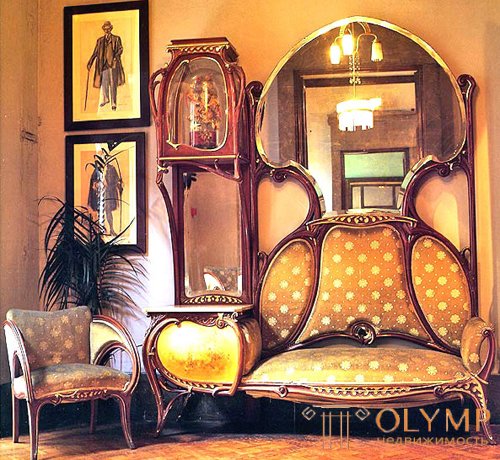
Modern (fr. Moderne - modern) - artistic direction in art, architecture and design, which arose in the second half of the XIX century - early XX century in Europe as combining various areas of advanced art.
Distinctive features of the Modern style are: the rejection of straight lines and angles in favor of more natural, “natural” lines, interest in new technologies (especially in architecture), the flowering of applied art. The Art Nouveau style seeks to combine the artistic and utilitarian functions of the created works, involving all spheres of human activity into the sphere of beauty.

Modern style in the interior, photo
The basic principle of the Modern style is dynamic equilibrium embodied in streamlined flexible forms. Modern furniture is simple and functional. Cabinet furniture for various purposes - cabinets, dressers, shelves - could be rectangular, but with the obligatory “aestheticism”: frosted glazing, elegant fittings. In the curves of the armrests and the figure of the legs of upholstered furniture, there was also a hint of curved lines, often the frames repeated the interlacing of the branches of plants, the shapes of animal bodies or insects.
Decoration materials for the decor - wallpaper, textiles, generously decorated with images of stylized flowers, leaves, birds, insects.
The ground for the emergence of the Modern style was the complete confusion in styles in Europe of the late 19th century, which dumped into one cauldron the imitation of old styles (the so-called “historicism”) and eclecticism. It is also worth noting a jump in technology and the beginning of the transition of production from handicrafts to mass production.
First steps Modern style begins with painting and graphics. The main ornament and shape of the decor is a curved line that looks like a curl of hair or a bend of a plant stem. The interior of the style has a clearly defined decorative-applied character oriented to imitate natural forms.
By the end of the 19th and the beginning of the 20th century, the Modern style as an area gets international distribution.
In Austria, the Modernist style gets the name Secession. In 1898, a group of artists and decorators came out of the Munich exhibition association “Glasplast” in protest against academic art and began to create in the Modern style. From the Latin word secessio (separation, care) the Austrian version of the name of the Art Nouveau style is formed. In Germany, Art Nouveau supporters grouped around the magazine “Jugend”, after which the German modern style became known as Jugendstil (Young Style). In France, Modern has been called Art nouveau (Art Nouveau, literally “new style”). The style got its name from the name of the store, which was opened in Paris in 1895 by Samuel Bing. To design the store, a little-known Belgian architect Henri Van de Velde was invited, who designed the interior of the four trading floors of the store in the style of Modernity. The store did not give a good profit to Samuel Bingu and was soon closed, but the Modern style in France became known as Art nouveau. The English Modern style differs from the all-European in more restrained forms. The general, conservative, views of the English society contributed to the fact that English Modern gained more recognition in continental Europe than in its homeland. In Russia, the modern style is most pronounced in architecture.
The decline of the Modern style as a universal style in the interior, architecture and painting falls on the 1910s of the year. This is due to a very pronounced decorative-applied character, which, like any clearly expressed phenomenon, had not only its supporters, but also opponents, and also the fact that technically the manufacture of interior items in the Modern style was complex and expensive. The emergence of the technical ability to put on the flow of mass cheap products shook the position of the modern style. The last blow to the already fading style was inflicted by the First World War, which began in 1914, finally degrading the Modern style.
Characteristic features of the Art Nouveau style - a wave-like curved line combining the trends of the East and the desire for constructiveness. The whimsically curved lines of the decor visually blend into the elements of the building structure. In the interior, its decoration, great attention is paid to the stylized vegetative pattern, flexible fluid forms, which turned the metal structures into fancy thickets of fantastic colors. The stylistic range of Art Nouveau is wide, one can see in it a mixture of elements of different styles. New combinations in the decoration of unusual materials and techniques - wood, mosaic, ceramic tile, bronze, stone, porcelain, stained glass.
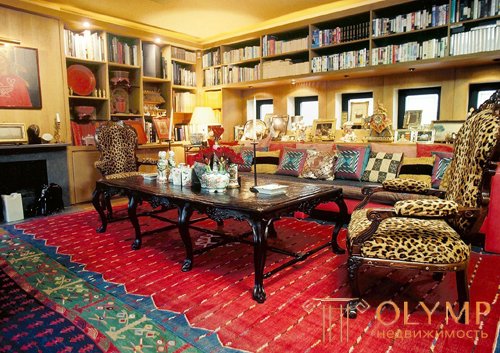
Modern style in the interior, photo
The interior of the Art Nouveau style is built on the complete rejection of the former architectonic principles of interior design. The walls of the premises are covered with seemingly no regular patterns of bizarre, asymmetrical shapes, capriciously wriggling lines. Ceilings are decorated, as a rule, with a flat-relief plaster plastic, the walls become more colorful, and the curtains become lighter. The seal of apparent arbitrariness lies on the forms of furniture, windows, doors. The stylized floral ornament in the Moderna decor dominates in the decorative decoration of chairs and armchairs, cabinets, windows, glazed with curved glass, glass lamp shades, resembling the shape of a calyx of a flower. In modern furniture, two lines develop in parallel: decorative (capricious forms and contours) and constructive (straightness, clear construction), the latter being more characteristic of German and English products. Objects that cause a constructive clarity of lines and shapes are simpler, the decor element is kept to a minimum. This trend is most fully represented in the works of furniture masters Riemerschmid and Pankok.
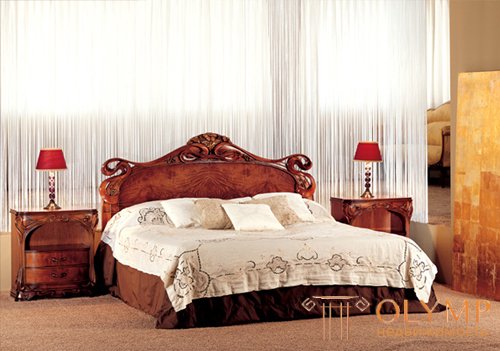
Modern style in the interior, photo
The Modernist style was tasked with creating a synthesis of the arts, so a common formal language was needed, visually unifying whole works and their parts. A striking example of the synthetics of the Modern style can be any mansion, in which from the fence grid to window covers, door handles, railings, furniture, dishes, fabrics, lamps, stairs and other integral elements of the whole, it was decided in one key. The line became the main expressive form and motif of the Modern style, but not straight, but flexible, lively, whimsical, elegant, inspired. Art Nouveau's art language is abstract forms, but alive, organic, breathable and growing.
In the interiors there is often a free layout, different levels of the floor, and window openings are enlarged. One of the principles of working on the interior is improvisation on the chosen topic. The walls of the rooms are covered with fancy, asymmetrical, capriciously meandering lines; become colorful, then often decorated with flat-relief plaster plastic. Stylized floral ornament Moderna dominates the decoration of furniture (decorative line). At the same time, a constructive line is developing in the furniture, where the decor element is minimized. Color range: muted tones, colors without shades.
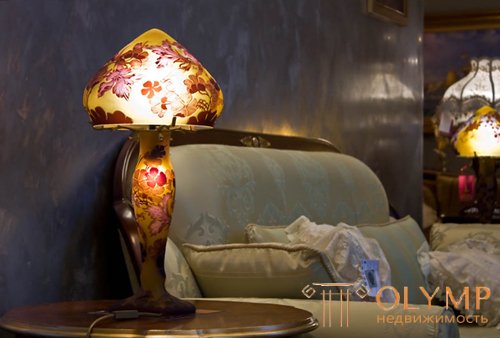
Modern style in the interior, photo
Fancy flowers (the most popular irises, water lilies) and insects (dragonflies, grasshoppers, beetles) decorated not only fabrics, but also wallpapers, stained-glass windows (large bay windows are popular, as well as pointed windows imitating Gothic).
Modern style in the interior of the room will help reveal the sophistication and bright personality of the owner. The lines in Modern are refined, smooth and soft, reminiscent of floral ornament; it is inherent in the maximum identification of the texture and plastic capabilities of the material.
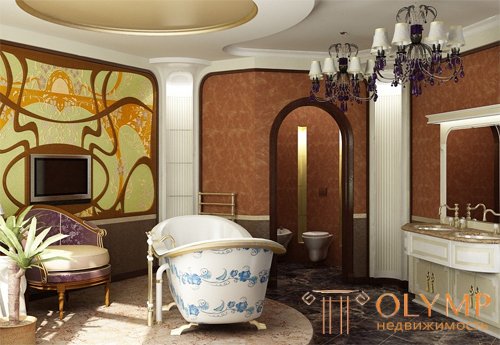
Modern style in the interior, photo
Modern furniture is characterized by simplicity of forms and high functionality. Original furniture solutions fit easily into the interior of a modern home, for example, it can be a chair made of leather or fabric stretched on a metal frame. However, developing in different countries, Modern acquired another direction in furniture design. Here in the furniture, as in the Modern style itself, floral motifs and smooth lines are widely used. A simple chair, for example, may be shaped like a flower bud.
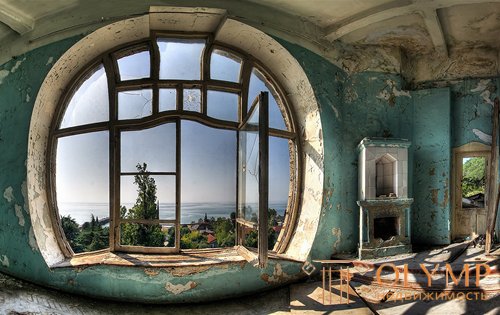
Modern style in the interior, photo
Modern style perfectly applicable to modern interiors, their decor. Popular today cabinet furniture is a direct descendant of constructive German and English solutions for furniture in the Modern style. Also, the Modern style is well combined with the use of various materials in the decoration - a combination of metal, wood, plastic and glass - the designers of the beginning of the century were striving for this.
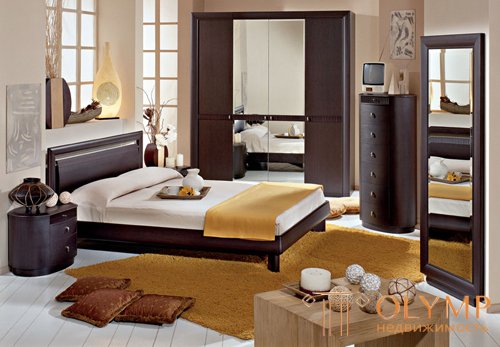
Modern style in the interior, photo
Modern style is seriously enriched with new materials and textures, which makes it even more diverse, but the main thing when creating an interior in the modern style is not to forget about the initial tendency for smooth lines and the use of natural motifs, as well as the harmony of all design elements to create a finished the pictures. You should not limit fantasy here, but you need to think in one chosen direction, then the interior in the Modern style will please the eye for a long time and fill your house with light and lightness.
Что бы оставить комментарий войдите
Комментарии (0)